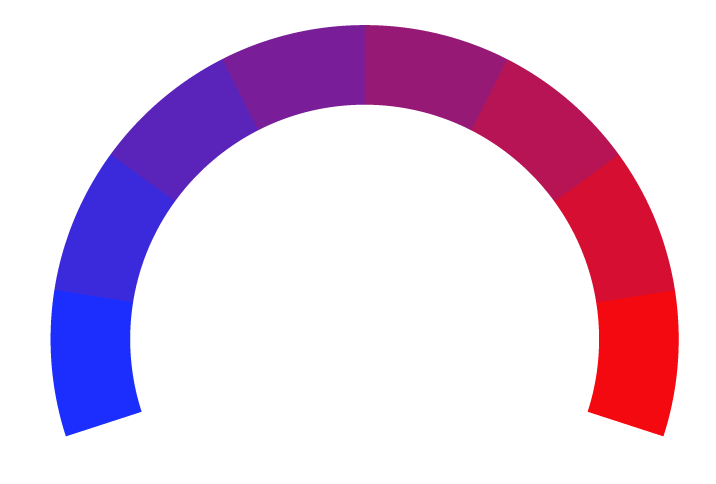With West Virginia vs EPA, Supreme Court can restore state authority on energy
- Bias Rating
42% Medium Conservative
- Reliability
N/AN/A
- Policy Leaning
38% Somewhat Conservative
- Politician Portrayal
-56% Negative
Continue For Free
Create your free account to see the in-depth bias analytics and more.
Continue
Continue
By creating an account, you agree to our Terms and Privacy Policy, and subscribe to email updates. Already a member: Log inBias Score Analysis
The A.I. bias rating includes policy and politician portrayal leanings based on the author’s tone found in the article using machine learning. Bias scores are on a scale of -100% to 100% with higher negative scores being more liberal and higher positive scores being more conservative, and 0% being neutral.
Sentiments
N/A
- Liberal
- Conservative
| Sentence | Sentiment | Bias |
|---|---|---|
Unlock this feature by upgrading to the Pro plan. | ||
Reliability Score Analysis
Policy Leaning Analysis
Politician Portrayal Analysis
Bias Meter
Extremely
Liberal
Very
Liberal
Moderately
Liberal
Somewhat Liberal
Center
Somewhat Conservative
Moderately
Conservative
Very
Conservative
Extremely
Conservative
-100%
Liberal
100%
Conservative

Contributing sentiments towards policy:
58% : EPA wants to force the power industry to spend billions of dollars to reorder the entire energy grid.57% : The provision says that EPA must identify the "best system of emission reduction," which is then used to create "standards of performance" for certain "existing sources" of air pollution.
56% : Through regulatory efforts like the Clean Power Plan, EPA wants to force the power industry to spend billions of dollars to reorder the entire energy grid.
52% : The Supreme Court has the chance to set things right again when it hears West Virginia v. EPA later this month.
50% : EPA justifies its plan by citing a vague provision in a little used part of the Clean Air Act.
48% : It was not a backhanded way of allowing EPA to force new economic systems into place.
47% : Under a plan launched by the Obama administration, EPA claimed the power to reorder industries in the name of climate change.
47% : EPA, the court said, has effectively "no limits" on the measures it can use to regulate power plants and other carbon-emitting industries.
46% : EPA believed it could shut down power plants, force power companies to invest in their competitors, and take otherwise extreme measures never before seen.
46% : Despite that, EPA would take that task out of states' hands and start deciding on its own.
43% : IT'S TIME TO ADMIT AFFIRMATIVE ACTION HAS FAILED
42% : Unfortunately, the modern Environmental Protection Agency - with a little help from the U.S. Court of Appeals for the D.C. Circuit - seems determined to ignore Madison's message.
41% : In the end, West Virginia v. EPA will decide whether federal agencies operate within meaningful constraints or whether unelected bureaucrats may seize power for themselves.
40% : And that's exactly what's at issue in West Virginia v. EPA.
34% : EPA wants to pick winners and losers, favoring certain special sources (such as windmills and solar panels) over others (such as coal and natural gas).
*Our bias meter rating uses data science including sentiment analysis, machine learning and our proprietary algorithm for determining biases in news articles. Bias scores are on a scale of -100% to 100% with higher negative scores being more liberal and higher positive scores being more conservative, and 0% being neutral. The rating is an independent analysis and is not affiliated nor sponsored by the news source or any other organization.






















 Fox News
Fox News